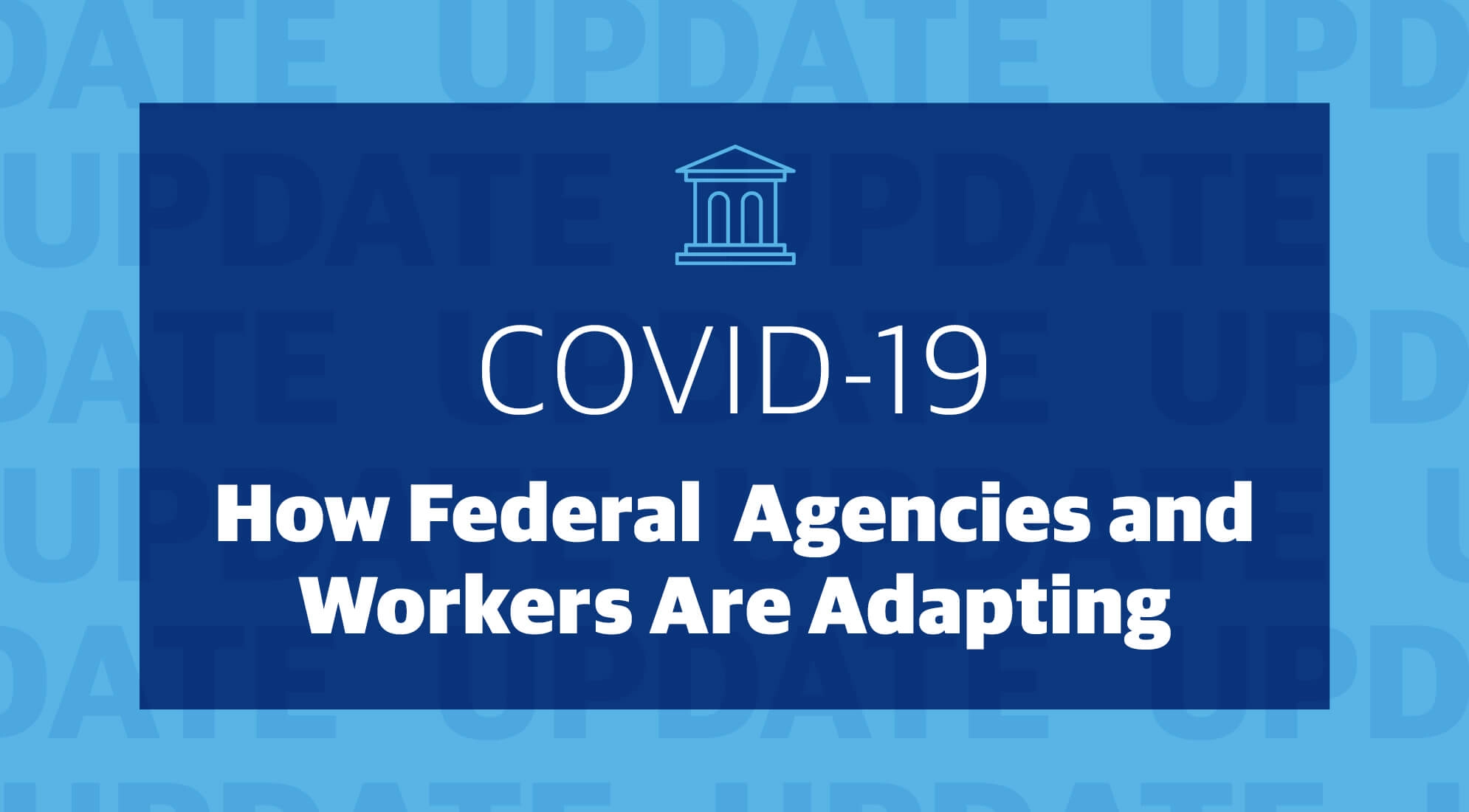My team is all about delivering extraordinary service to our clients in Oregon, Washington, Alaska and Hawaii. We’re driven by the opportunities we have to help them do high-quality construction work that makes a positive impact on their communities. It’s a thrill. It’s also highly collaborative. But with COVID-19 advancing from coast to coast and social distancing our best defense against spreading the virus, that collaboration looks a little different. Here is a list of ways we have adapted our normal Job Order Contracting (JOC) practices and policies so our clients can keep their projects moving.
1. Embrace teleconferencing
We’re finding we can accomplish a great deal by collaborating remotely. And trust me, we’ve used all the teleconferencing platforms to hold meetings. Microsoft Teams. Skype. Google Meet. FaceTime. Zoom. You name it, we’ve used it. All of these technologies have been helpful for training Gordian Cloud Platform users and holding JOC kickoffs for new contractors. We’re even hosting weekly meetings with our contractors so they can give us project updates.
2. Invest in the right hardware
Wi-Fi isn’t always provided on a job site, especially one in a remote area. To collaborate directly from a site, some of our staff have invested in satellite Wi-Fi devices. You can get a good one for about $300 and use it to host meetings, send photos and videos to stakeholders and upload documents to project management software from virtually everywhere.
3. Limit physical meeting attendees to critical contributors
For most of our JOC projects, “critical contributors” means the contractor, the designer and/or the owner, and a Gordian representative. We’re asking contractors, clients and designers to limit the representatives at the meeting to no more than two to avoid creating a cluster of people. That doesn’t mean other people don’t need to contribute, we’re just communicating with them in different ways. We distribute videos, photos, questions and agenda/meeting minutes to those that may have something to add. If need be, we are scheduling multiple smaller meetings to follow distancing guidelines.
Bonus tip: If at all possible, hold meetings outside to ensure safe social distancing.
4. Prepare thoroughly for meetings
To minimize the time spent in a group setting, send an agenda and documentation before a meeting. We’re emailing maps ahead of time so project owners and their reps can mark them up for access points, dumpster locations, staging areas, etc. Distributing documents before a meeting creates efficiency, and it’s a good social distancing practice, as it prevents people from passing papers from hand to hand.

5. Limit the number of people present on the job site
Fewer people means fewer opportunities for COVID-19 to spread. We recommend asking contractors to limit subcontractor attendance and to stagger subcontractor schedules. Owners can also reduce the number of people on-site by increasing contractor access. We’re asking owners to double-lock access points and to trust contractors with keys to the second lock, so the facilities staff doesn’t need to be present to let them in.
6. Practice the “six” feet rule
Social distancing on a construction site sounds like a headache but it can be done if people agree to stay six feet apart. Our team is practicing this on building envelope and infrastructure projects — think roofing and sidewalk repairs — in Washington state. For interior renovations, practicing the six feet rule is a little trickier. For example, one of our clients is renovating a preschool, and we are asking contractors to go into classrooms one at a time. It looks a little strange in action — one person waiting outside an empty classroom until the person inside it walks out — but this practice allows us to continue critical work and meet client deadlines. Going one person at a time can also be done during Joint Scope Meetings and Punch List walks.
7. Ban the sharing of supplies
I know this sounds desperate. But we’re living in desperate times, so a little extra vigilance is necessary. If, for instance, everyone brings their own plans, people don’t have to crowd around one set to look at a detail. The Centers for Disease Control and Prevention (CDC) suggests COVID-19 “may remain viable for hours to days” on different surfaces, so construction teams need to be extra careful about supplies. Pens are a simple example. Sharing a pen is so common and unconscious that it’s practically a reflex, but until it is proven to be safe, everyone should keep their pens to themselves.
Bonus tip: Skip the sign-in sheet and assign one person to take attendance. While you’re at it, assign one person to red-line drawings, too.
8. Agree that sick people will stay home
At this point, it’s just good sense.
Doing our part to flatten the curve and protect community health during this crisis means managing JOC projects differently than we did before. By using technology to communicate and practicing social distancing on the job site, we can responsibly maintain progress on essential construction projects.






